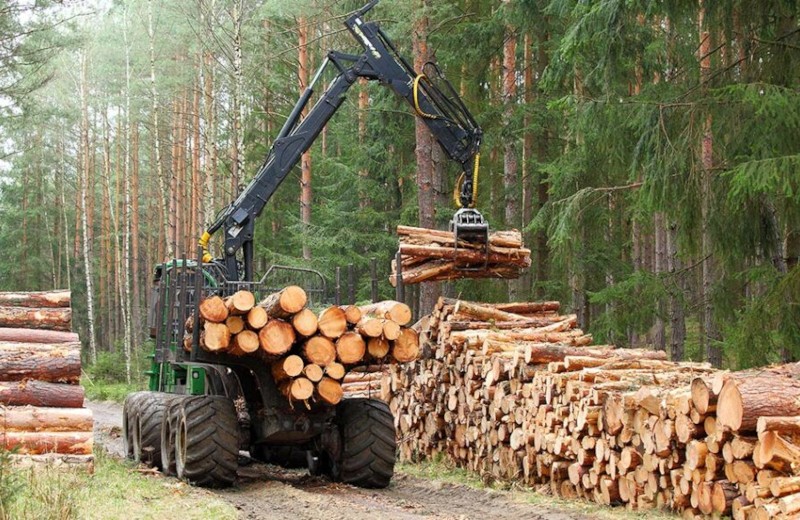- European Union renewable energy subsidies are fueling a dramatic surge in the logging of protected forests in Estonia.
- The Estonian government has issued logging permits for 82,000 hectares of forest – the equivalent to 115,000 football fields – which have been designated protected habitats under Natura 2000.
- “As a result, intolerable pressure is being exerted on the forests that cover half our country, with even protected forests being clear-cut,” writes the vice-chairman of the Estonian Fund for Nature.
- This article is a commentary. The views expressed are those of the author, not necessarily Mongabay.
The survival of Europe’s most valuable – and threatened – wildlife and habitats depends on Natura 2000.
Natura 2000 sites are meant to be environmental havens, shielded from the relentless spread of buildings, logging, roads and agriculture across Europe. Spanning almost 18% of the European Union’s land mass, they are the largest network of protected areas in the world, and a cornerstone of the EU’s efforts to protect nature and biodiversity.
Yet in Estonia, in the last 10 years the government has issued logging permits for 82,000 hectares of forest – the equivalent to 115,000 football fields – which have been designated protected habitats under Natura 2000.
Responsibility for this destruction, however, doesn’t solely lie in Estonia.
Perversely, the EU itself is the architect of another policy which is helping to destroy the very nature which should be protected under Natura 2000.
Subsidies fuel destruction
This policy is the Renewable Energy Directive, which allows Member States to subsidize burning woody biomass under the banner of ‘green energy.’ In Estonia these subsidies are helping fuel a dramatic surge in logging: in 2016-18 the logging intensity was 85% higher than in 2004-15, a study published in the journal Nature shows. In the past decade or so, logging volumes in Estonia have almost tripled, and because of this, Estonia’s habitats are expected to become a net source of carbon by 2034.
At least half of the wood logged is for bioenergy. While most of this is to feed the domestic bioenergy market – Estonia gets 94% of its renewable energy from biomass – it is also to meet the demand from power stations across western Europe.
Estonia is the EU’s second biggest exporter of wood pellets, after its neighbor Latvia, with Denmark, the UK, the Netherlands and Italy being its biggest markets.
As a result, intolerable pressure is being exerted on the forests that cover half our country, with even protected forests being clear-cut.
Graanul Invest, one of Europe’s largest wood pellet producers and is based in the Estonian capital of Tallinn, described its relationship with protected areas in its 2019 sustainability report, stating, “While some private forest owners try to avoid owning restricted forests, Graanul Invest’s forest companies are convinced that protection of nature is an integral part of forest management. Therefore, we have not prevented various protected areas and habitats from falling into our care.”
The reality of this ‘care’ is that precious forests which should be protected under Natura 2000 are often clear-cut without an impact assessment being conducted, as the Habitat Directive requires.
But in Estonia, there is at least hope that no new permits will be issued, and that the ones that have not been used could be annulled. This could happen if the European Commission brings an Infringement procedure against Estonia – as it is seriously considering doing – for breaching EU law by issuing them.
If this happens, there would be an obvious irony in the Commission preventing the very environmental destruction that its own bioenergy policy incentivizes.
“Hidden inside a wood pellet: Intensive logging impacts in Estonian and Latvian forests” was published by the Estonian Fund for Nature (ELF) and the Latvian Ornithological Society.
Siim Kuresoo is Vice-Chairman of the Executive Committee for the Estonian Fund for Nature responsible for forest and climate programs.
This article was originally published on mongabay on 7 December 2020 by Siim Kuresoo.




